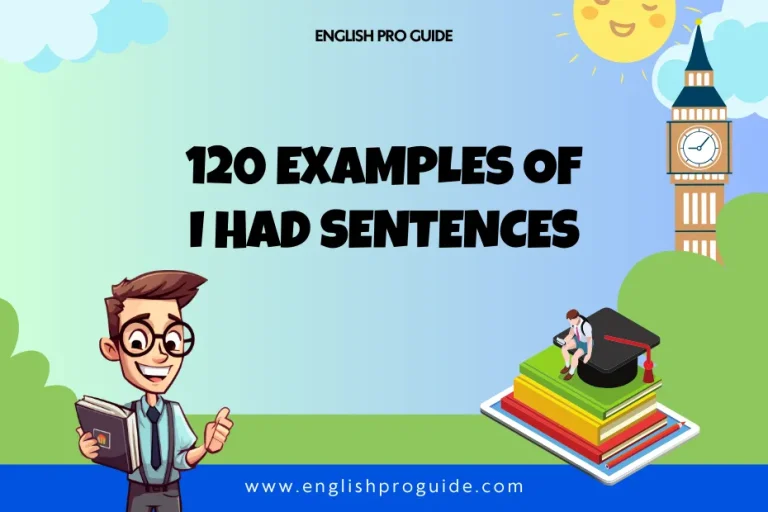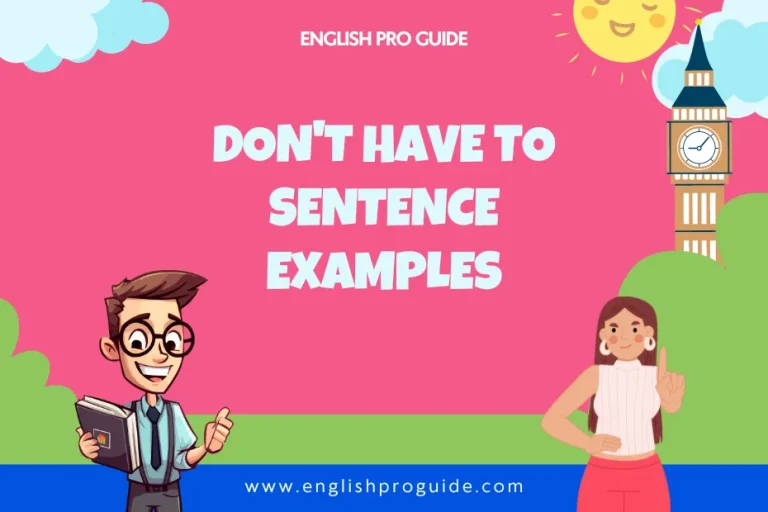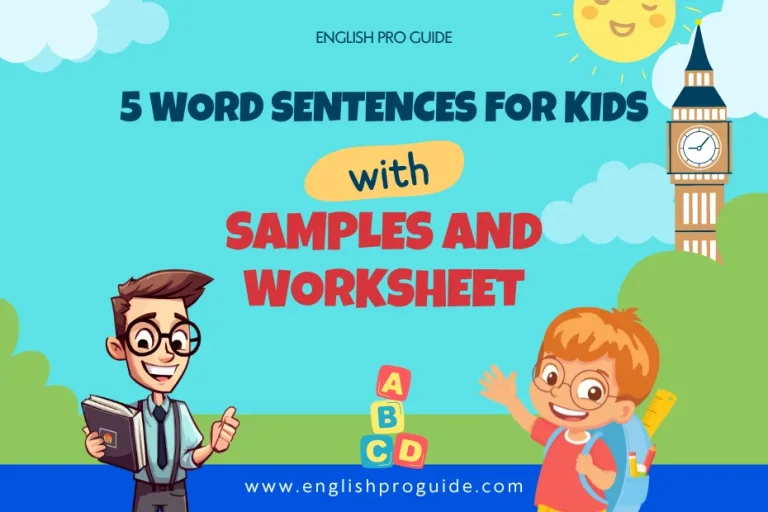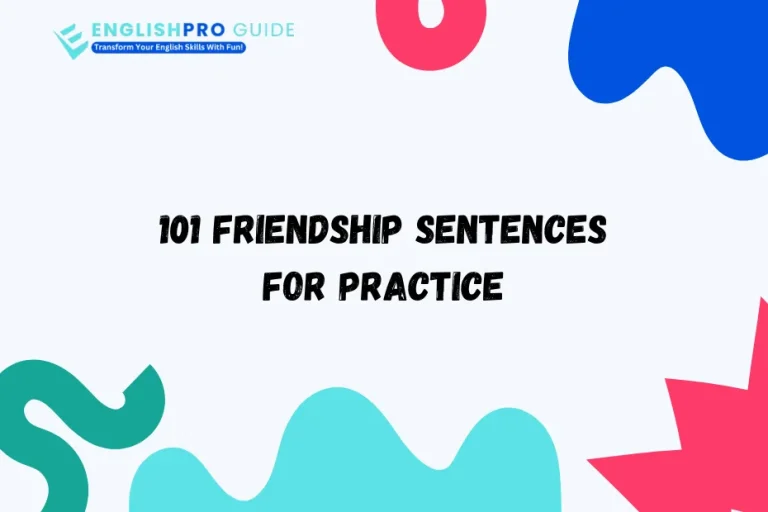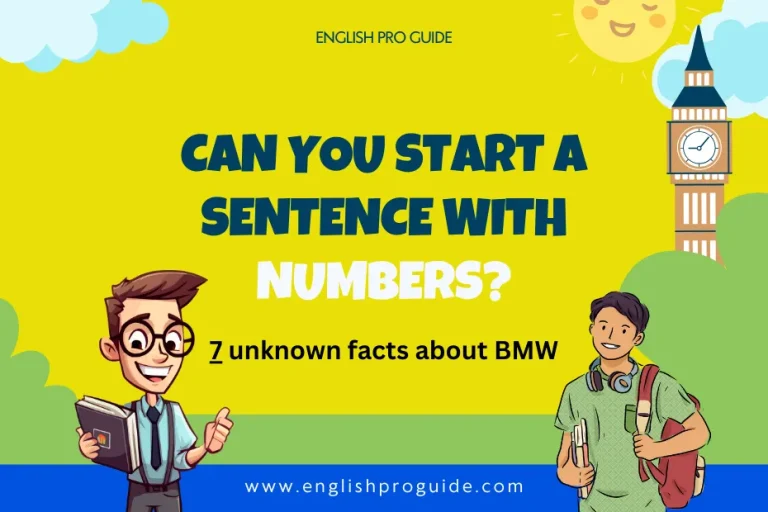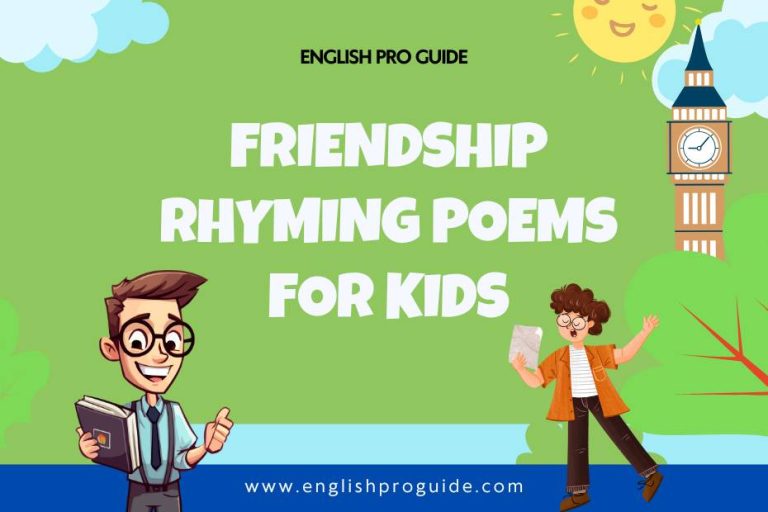200+ Sentences With Short And Long Vowel Sounds
Examples of Short Vowel Sounds in Sentences: The cat sat on a mat.
Examples of Long Vowel Sounds in Sentences: The cake was baked with care.
Hello Learners, In this article, we’ll explore the concept of short and long vowel sounds and how they function in sentences. By the end, you’ll be equipped with practical examples and strategies to master these sounds.
What Are Short and Long Vowel Sounds?
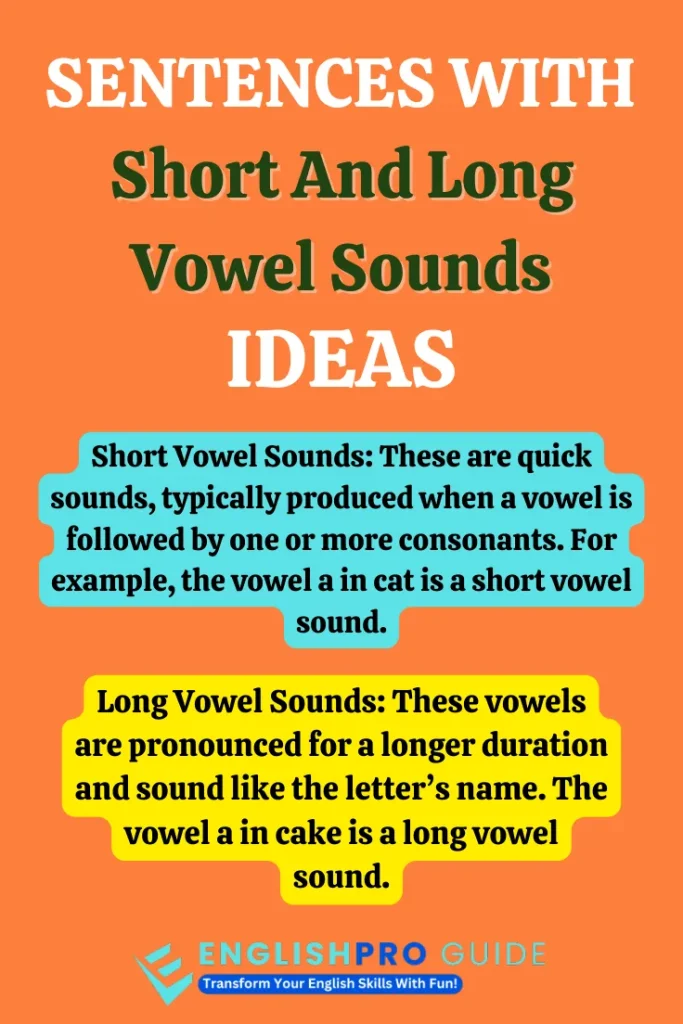
Before diving into sentences, it’s crucial to understand what we mean by short and long vowel sounds.
In English, vowel sounds can either be short or long, depending on the word’s spelling and pronunciation pattern.
Short Vowel Sounds: These are quick sounds, typically produced when a vowel is followed by one or more consonants. For example, the vowel a in cat is a short vowel sound.
Long Vowel Sounds: These vowels are pronounced for a longer duration and sound like the letter’s name. The vowel a in cake is a long vowel sound.
How to Identify Short and Long Vowel Sounds?
The easiest way to identify short and long vowel sounds is through word patterns and pronunciation. Here are a few rules to help you differentiate:
Silent E Rule: When a short word ends with a silent e, it often changes the preceding vowel to a long sound. For example:
- Cap (short vowel sound) vs. Cape (long vowel sound).
- Pin (short vowel sound) vs. Pine (long vowel sound).
Vowel Pairs: When two vowels are adjacent in a word, the first one typically has a long sound, while the second one is silent. For example:
- Beat (long e sound).
- Boat (long o sound).
Single Vowels Followed by Consonants: Usually, a single vowel followed by a consonant will have a short sound, like cat or sit.
Read More: 100 Would Have Sentences for Beginners – Explore Now!
100 Examples of Short Vowel Sounds in Sentences
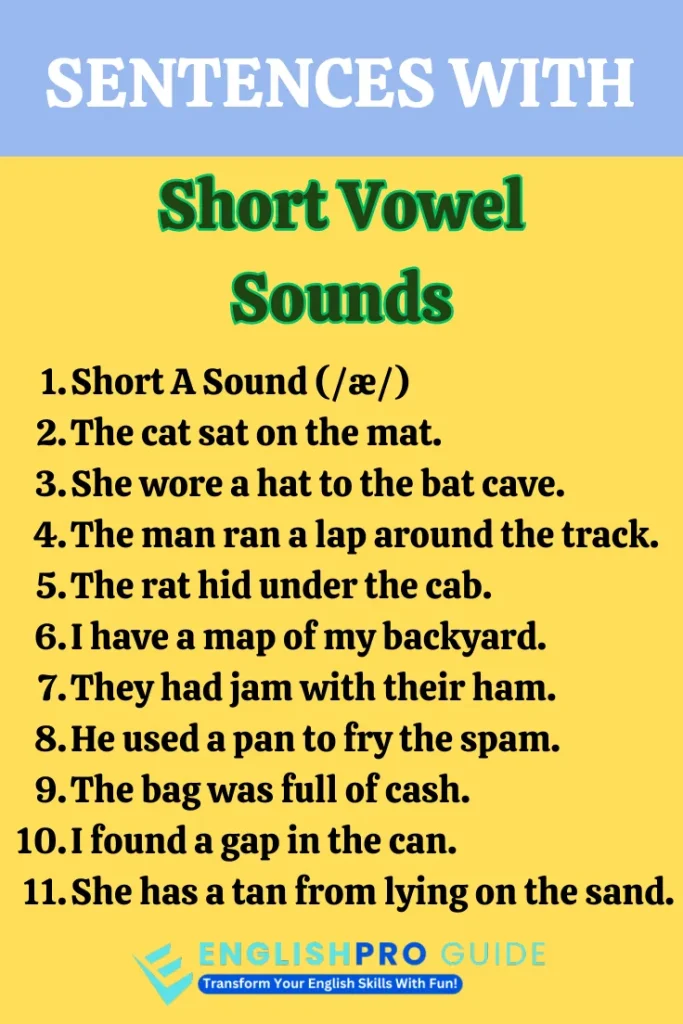
Short A Sound (/æ/)
- The cat sat on the mat.
- She wore a hat to the bat cave.
- The man ran a lap around the track.
- The rat hid under the cab.
- I have a map of my backyard.
- They had jam with their ham.
- He used a pan to fry the spam.
- The bag was full of cash.
- I found a gap in the can.
- She has a tan from lying on the sand.
Short E Sound (/ɛ/)
- The hen laid an egg in the pen.
- I can see a web in the shed.
- She fed the pet fish.
- The vet checked the leg of the dog.
- The bell rang at ten o’clock.
- He will sell the bed and desk.
- The jet flew over the tent.
- I met him at the end of the street.
- The net caught a red fish.
- He led the men up the steps.
Short I Sound (/ɪ/)
- The pig ran to the big hill.
- She took a sip from the tin lid.
- It is in the pit.
- The kid can sit on the lid.
- I hid the fig in the bin.
- He fit the pin into the rim.
- The bib is on the rib.
- The ship sailed with a thin crew.
- He lit the wick with a match.
- The fin is on the fish.
Short O Sound (/ɒ/)
- The dog sat on a log by the pond.
- The fox ran over the rock.
- I got a pot of hot soup.
- The cot is in the box.
- He will mop the spot on the floor.
- The boss paid with a lot of coins.
- A frog jumped off the dock.
- The cop caught the robber.
- I got a sock from the shop.
- The dog bit the rod.
Short U Sound (/ʌ/)
- The cup is on the rug.
- She loves the sun in June.
- The pup dug a muddy hole.
- He had fun in the hut.
- The bus is full of kids.
- A bug is on the cup.
- The cub went up the hill.
- I found a nut on the rug.
- The duck swam in the tub.
- The sun is up in the sky.
More Mixed Short Vowel Sound Sentences
- The cat ate from the pan.
- She wore a hat on her head.
- The pen fell from the desk.
- He fed his pet before bed.
- The kids sat on the big rock.
- The dog dug a big hole.
- She had a cup of hot tea.
- He likes jam on his bread.
- The man ran in the mud.
- The hen pecked at the rug.
Short A Sound Sentences
- The cap fell in the lap.
- A bat flew into the cabin.
- He ran to catch the flag.
- She sat on the grass.
- They had a nap under the shade.
Short E Sound Sentences
- The bed is in the shed.
- She led the pet to the pen.
- The men set up a tent.
- I met a hen on the farm.
- He bet all his cash.
Short I Sound Sentences
- The fish is in the dish.
- He hit the tin with a stick.
- The fig tree is in the yard.
- The pin pricked his skin.
- A bib is for the kid.
Short O Sound Sentences
- The fox hid in the box.
- He got a mop for the shop.
- The dog caught the frog.
- She will hop on the cot.
- The log is by the dock.
Short U Sound Sentences
- The cup fell off the rug.
- A bug is in the hut.
- The cub sat in the sun.
- I have a nut in the cup.
- The pup ran up the hill.
Mixed Sentences for All Short Vowel Sounds
- The cat sat with a pet dog.
- The kit is in the box.
- The cup is on the mat.
- A dog dug a big hole.
- The man has a cap and a mug.
Final Set of Short Vowel Sentences
- She had a sip from a big cup.
- The bug hid in the mud.
- The pen is on the map.
- He met a man with a hat.
- The rat hid in a bag.
Concluding Sentences
- I saw a fox with a kid.
- The hen is in a hut.
- A fig fell off the tree.
- The cap is in the cab.
- The man fed the dog with jam.
Read More: Can You Start A Sentence With The Word If? With 100 Examples
100 Examples of Long Vowel Sounds in Sentences
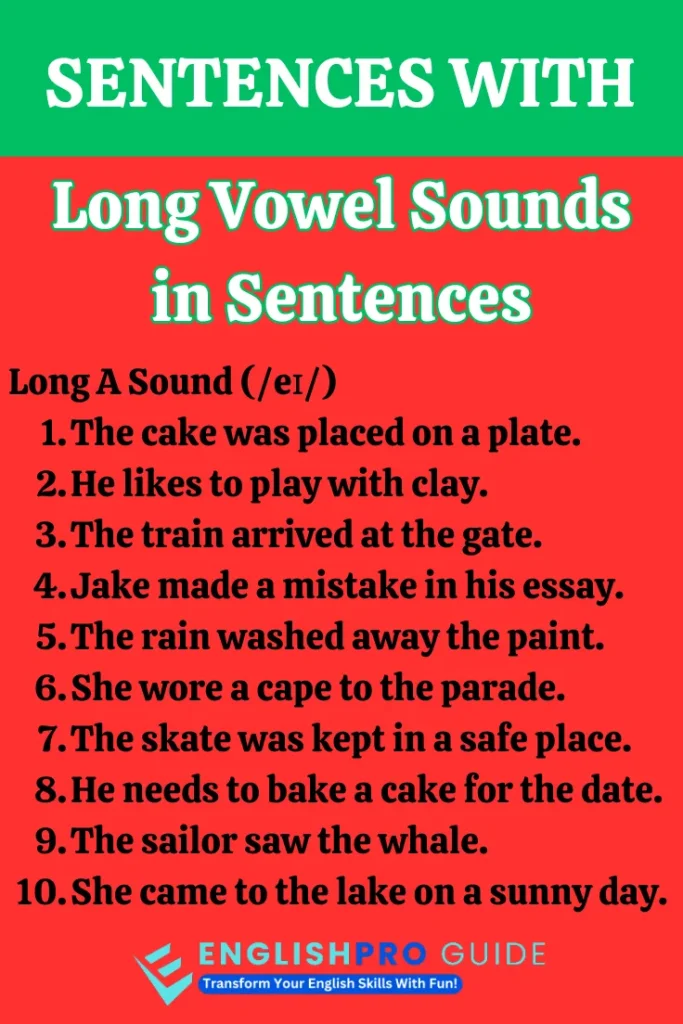
Long A Sound (/eɪ/)
- The cake was placed on a plate.
- He likes to play with clay.
- The train arrived at the gate.
- Jake made a mistake in his essay.
- The rain washed away the paint.
- She wore a cape to the parade.
- The skate was kept in a safe place.
- He needs to bake a cake for the date.
- The sailor saw the whale.
- She came to the lake on a sunny day.
Long E Sound (/iː/)
- I like to see the sea.
- The bee sat on a tree.
- She drinks tea while reading a leaflet.
- The feet of the sheep are dirty.
- He will meet me at three.
- The green leaves fell deep into the creek.
- I need to keep my room neat.
- The queen likes to eat peach.
- He seems to be free for the meeting.
- The peel of the sweet fruit was yellow.
Long I Sound (/aɪ/)
- The kite flew high in the sky.
- He caught a fish by the light of the night.
- She will ride the bike up the hill.
- The child smiled at the sight of the ice cream.
- The fire burned bright.
- I saw a white line on the highway.
- He took a bite of the pie.
- The pipe was filled with ice.
- She felt a high sense of pride.
- The spike is inside the box.
Long O Sound (/oʊ/)
- The boat sailed slowly in the ocean.
- He put the soap in the bowl.
- The phone rang by the stone.
- She wore a coat in the cold.
- He likes to go to the store.
- The road led to the oak tree.
- He will show his home to the coach.
- She saw a crow fly by the window.
- The toast was made in a golden oven.
- He held the rope to pull the boat ashore.
Long U Sound (/juː/)
- The mule stood by the cube.
- She played a tune on her flute.
- He used the glue on a blue sheet of paper.
- The suit was a huge success at the event.
- The fruit tasted cute in the smoothie.
- He will use a ruler to draw a cube.
- She has a pure view of the moon.
- The tune was soft and smooth.
- He wore a new pair of shoes.
- The student knew the rules well.
More Mixed Long Vowel Sound Sentences
- The mail came in a blue bag.
- I see a bee in the tree.
- The glue is under the table.
- She wore a cape and a hat.
- He likes to ski on the ice.
- A goal was scored in the game.
- The sheep ate in the meadow.
- She saw a shiny stone.
- He is late for the movie.
- The sky was clear and blue.
Long A Sound Sentences
- She wore a gray scarf to the game.
- The day was warm and safe.
- They will wait for the train.
- He wrote a tale about a snail.
- The sailor saw the wave.
Long E Sound Sentences
- The teeth are very clean.
- He likes to eat sweet treats.
- The beach is full of seashells.
- The knees are weak from walking.
- She wore neat clothes to the meeting.
Long I Sound Sentences
- The light in the sky was bright.
- He sighs when he cries.
- She finds it hard to smile.
- The child likes to ride a trike.
- He tries to hide his pride.
Long O Sound Sentences
- She wore a coat on a cold road.
- The goal was achieved with hope.
- The globe spins slowly.
- He chose a note for the toast.
- The stone rolled into the hole.
Long U Sound Sentences
- She knew the music very well.
- He has a huge fuse box.
- The view from the roof is clear.
- The blue tune was soft and pure.
- He uses a ruler to measure the tube.
Mixed Long Vowel Sound Sentences
- The rain came late in the day.
- He likes to go to the show.
- The kite was tied to a stone.
- A sheep can leap over a stone.
- She rode the mule up the hill.
Final Set of Long Vowel Sound Sentences
- The cake was for the guest.
- He plays the flute well.
- The bee flies in the light.
- A note was left by the phone.
- The fruit is ripe in the field.
Concluding Sentences
- The light in the room was bright.
- He wore a suit to the meeting.
- The wave came with a roar.
- She likes to bake with care.
- The toast was made in a hot oven.
Read More: 120 Examples of I Had Sentences for English Learners
Why Short and Long Vowel Sounds Matters
| Improved Pronunciation | Correct vowel pronunciation helps convey the intended meaning. For instance, bit and bite are spelled almost the same but have different meanings due to the difference in vowel sound. |
| Spelling Accuracy | Many English spelling rules depend on vowel sounds. Knowing when to use long or short vowels helps avoid common spelling mistakes. |
| Reading Comprehension | Recognizing vowel sounds enhances reading fluency and comprehension, especially when encountering new words. |
Teaching Short and Long Vowel Sounds Effectively
When teaching vowel sounds, it’s essential to incorporate a variety of methods to reinforce learning. Here are some strategies:
1. Visual Aids and Charts
Create visual aids that display examples of both short and long vowel sounds. Label each category with clear examples and use pictures to make learning more engaging.
2. Interactive Games and Activities
Games like “Vowel Bingo” or “Match the Vowel Sound” can make the learning process enjoyable. Use flashcards to test understanding and encourage students to say each word aloud.
3. Storytelling and Contextual Learning
Using short stories that emphasize specific vowel sounds allows learners to see how they function in context. Highlight the words with vowel patterns and discuss the differences in pronunciation.
4. Practice with Minimal Pairs
Minimal pairs are words that differ by only one phoneme, such as bit and beat. Practicing with these pairs helps learners hear the subtle differences between short and long vowels.
Common Mistakes and Misconceptions
Learning vowel sounds isn’t always straightforward. Some common challenges include:
Confusion Between Long and Short Vowel Sounds: Many learners struggle to distinguish between long and short vowels, especially when the spelling pattern doesn’t align with pronunciation.
Mispronunciation Due to Dialectal Differences: English vowel sounds can vary depending on dialect and regional accent, which can confuse learners who are exposed to multiple accents.
Inconsistent Vowel Rules: English has many exceptions to vowel sound rules, such as read (present) and read (past tense). These irregularities can make learning vowel sounds more complicated.
Practical Exercises for Mastering Vowel Sounds
Listen and Repeat: Have students listen to native speakers and repeat after them. Focus on the vowel sounds and correct any errors in pronunciation.
Recording and Playback: Encourage students to record themselves reading sentences with different vowel sounds. Listening to their recordings can help them identify areas needing improvement.
Word Sorting: Provide a list of words and have students sort them into short and long vowel categories. Discuss why each word fits into its respective category.
Final Words for Learners
Mastering short and long vowel sounds is a cornerstone of English pronunciation and reading skills.
Through consistent practice and exposure, learners can enhance their understanding of these sounds, leading to improved spelling, pronunciation, and comprehension.
Whether you’re teaching vowel sounds or learning them yourself, remember that persistence and varied practice methods are key. With time, you’ll be able to distinguish and use these sounds with confidence!

